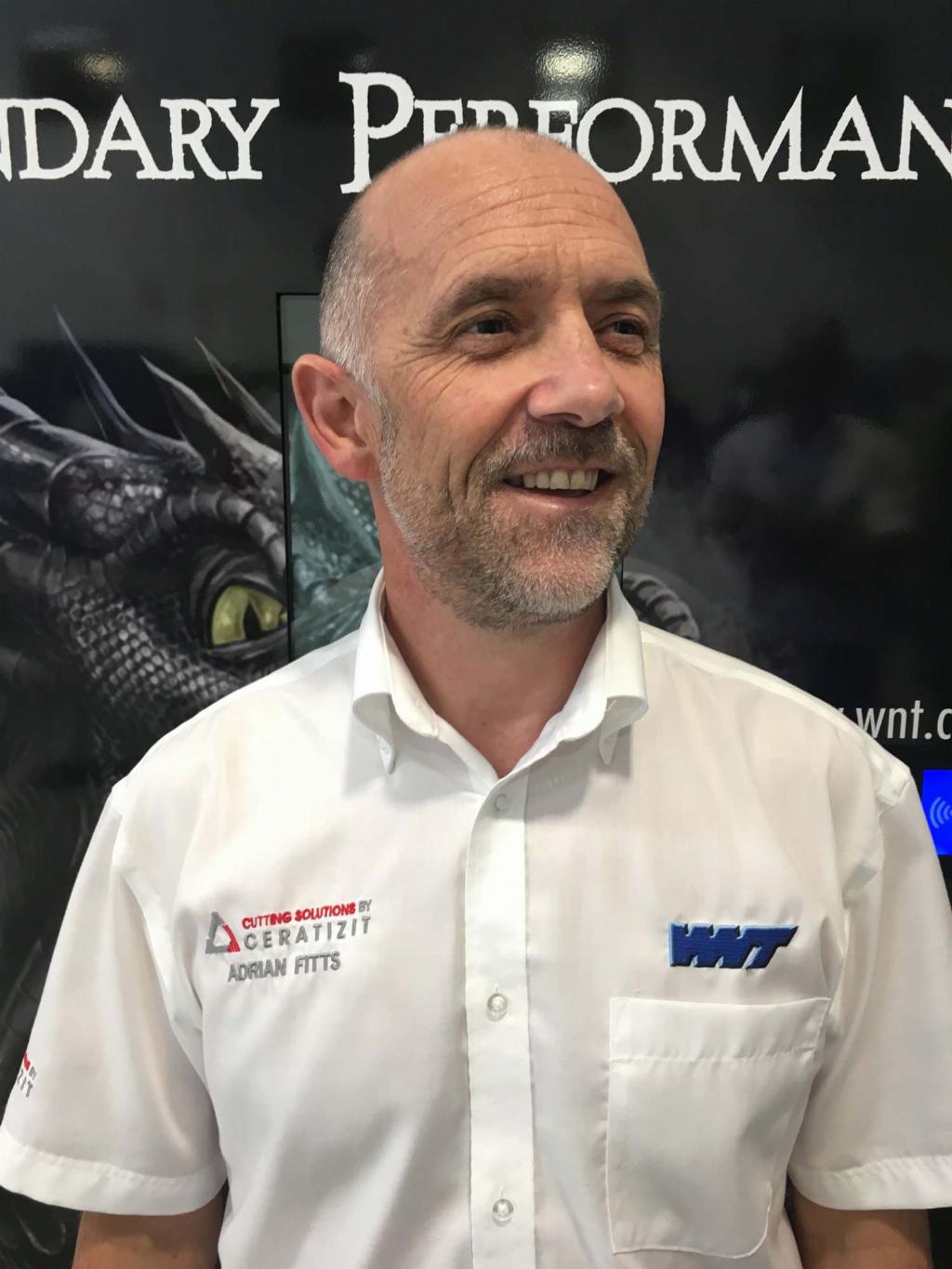Staying a cut above the rest

In a Q&A session, Composites in Manufacturing hears from precision cutting tool specialist, Ceratizit WNT’s business development manager, Adrian Fitts about its focussed supply and support of precision cutting tools.
In a Q&A session, Composites in Manufacturing hears from precision cutting tool specialist, Ceratizit WNT’s business development manager, Adrian Fitts about its focussed supply and support of precision cutting tools.
The key to any cutting tool supplier’s success is often its dedication to providing customers with not only the best in cutting tool technology, but also ensuring that customers receive the technical support they need to operate efficiently.
For WNT, this means the provision of extensive customer service through its skilled teams of technical sales and applications engineers, and a logistics operation that guarantees next-day delivery of any of the thousands of items that make up the company’s full product range.
Q) Why are specialised composite cutting tools needed for composites as opposed to using traditional metal cutting tools?
Traditional tools are designed to generate heat at the point of cutting. This needs to be established in order for metallics to be machined, but this would cause problems such as delamination when machining composite materials, so heat generation needs to be minimised. Geometries are typically very sharp with no coatings to prevent edge rounding.
Q) What elements of composite materials drilling need to be considered for any typical job and how do they differ to metallic drilling?
Typically, high speed/low feed data is employed, whereas with metallics, it is the opposite. We are seeing the trend towards high feedrates when machining metallic, as the carbide needs to engage with metallic materials.
Q) What are the main challenges and difficulties of milling composites materials?
The main challenges are avoiding delamination and edge chipping/breakage. These are often overcome by using fluteless geometries more in line with a rasp type cutting edge than a typical fluted tool.
Q) Broadly speaking, what are the technical challenges posed by different kinds of composite materials?
Maintaining tool life is challenging. Composite materials tend to be very abrasive and give poor cutting tool life, so the aim is to maintain the integrity of the cutting edge for longer periods and contact time. Diamond is now often used as a coating to improve tool life, and brazed polycrystalline diamond (PCD) inserts are now becoming more prevalent as the technology now exists to laser cut and define a cutting edge geometry into PCD.
Q) If applicable, what are the challenges posed by different composite materials, such as carbon/glass fibre, plastics, biofibres, etc.
It is not the challenge of different materials as such. The challenge is often more about selection of the best type of tool for the given application and subgroup of material. There are many types of carbon fibre for example and the layup of the material, wall section, and rigidity of the part itself and clamping of the part present challenges as to how it can be machined.

Q) What are the main focus areas for your R&D and how is tool life and consistency performance being improved over time?
The focus areas as always are the increase in machined surface quality, tool life and cost reduction. Our R&D concerns the consistent improvement in all three areas, and this is led by the update and performance improvement to substrate, coating and cutting-edge geometry.
Q) Much is being discussed about improving the automation of the drilling process with the twin goals of higher volume and lower cost production. Does the process still require a lot of hands-on manual intervention?
Drilling is still often carried out as a manual process, particularly in the aerospace industry where these operations are frequently required at the subassembly stage, so development of drilling tools is in line with this. The focus is on production of a clean and burrless hole reducing the need for secondary operations.
Q) What kinds of technology developments do you foresee in the composites tooling arena going forward?
We will see more and more development around the use of diamond and diamond-like carbon (DLC) coatings for small tools, and PCD inserts for larger diameters.






